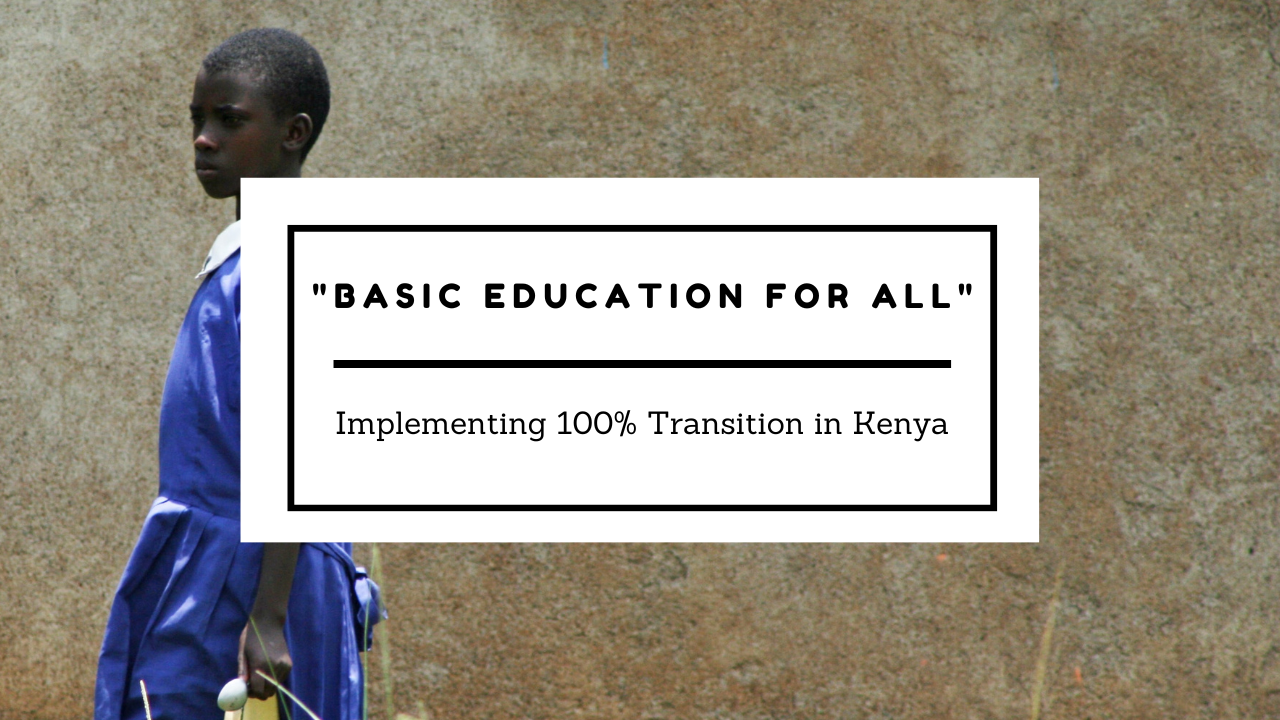 Snapshot: In 2020, the Kenyan government declared that secondary school would be mandatory for all—effective immediately. In response to pushback about the impracticality of immediate 100% transition, the Cabinet Secretary for Education defiantly declared: “It is better to have a child in school under a tree than have him or her loitering at home.” In this fictional case, three school leaders debate the ethics of the policy and decide how to respond, knowing they won’t get the increased funding they need to accommodate the surge of new students.
Snapshot: In 2020, the Kenyan government declared that secondary school would be mandatory for all—effective immediately. In response to pushback about the impracticality of immediate 100% transition, the Cabinet Secretary for Education defiantly declared: “It is better to have a child in school under a tree than have him or her loitering at home.” In this fictional case, three school leaders debate the ethics of the policy and decide how to respond, knowing they won’t get the increased funding they need to accommodate the surge of new students.
Case Description: The Public Policy and Basic Education Act of 2013 rendered basic education in Kenya both compulsory and a right, but the secondary school Net Enrollment Rate (NER) still sat at only 53.2% by 2018. So in January 2020, the Government decreed that it would be enforcing 100% transition from primary school to secondary school with immediate effect without exemption, requiring government officials to comply and threatening to penalize parents who did not. With this policy the government was newly determined to ensure that every child received 12 years of basic education, which entailed ensuring that all learners transitioned from their eight-year stint in primary school into secondary school.
This would be no mean feat. The rollout of Free Primary Education in 2003 had succeeded in increasing primary school enrollment so that the NER had risen to 92.4% by 2018. This in turn had led to an increase in the number of students ready to transition into high school. The problem was that there were not enough secondary school places for all those who completed primary school to be absorbed comfortably. For example, in 2016 there were 33,223 primary schools with an average class size of 309 and 9,966 secondary schools with an average class size of 273. School leaders found themselves grappling with the challenges of welcoming an influx of new students into their schools.
In this fictional case, three Kenyan school leaders—of a primary school, boys’ secondary school, and girls’ secondary school—debate the ethics of the 100% transition plan. Given the number of children currently denied a secondary education, immediate access for all may be the only just action. But will a huge influx of new students make it harder for schools to offer a quality education, to new and returning students alike? And will adding new pupils to already-overcrowded dorms compromise students’ safety? As the primary school leader prepares to meet with an old friend who also happens to be a government minister, he must decide whether to voice support for the 100% transition plan or advocate for a more gradual implementation.
Additional Resources:
- There is a reader's theater script for this case. Groups can use the script to "perform" the case together before discussing it.
- “Secondary Education: Kenya Needs to Think Beyond 100% Transition" explores the importance of secondary education and the challenges that make it hard to get all of Kenya’s young people enrolled.
- This academic paper looks at the challenges of achieving 100% transition for one particularly marginalized group of students: “Attaining 100% Transition from Primary Schools for Learners with Disabilities in Kenya: Reality or Fantasy?”
- “Achieving 100 percent Transition from Primary to Secondary School: Status, Challenges and Opportunities for Sustainability” looks at data on secondary school enrollment, challenges of meeting 100% transition, and the government’s response to those challenges.

